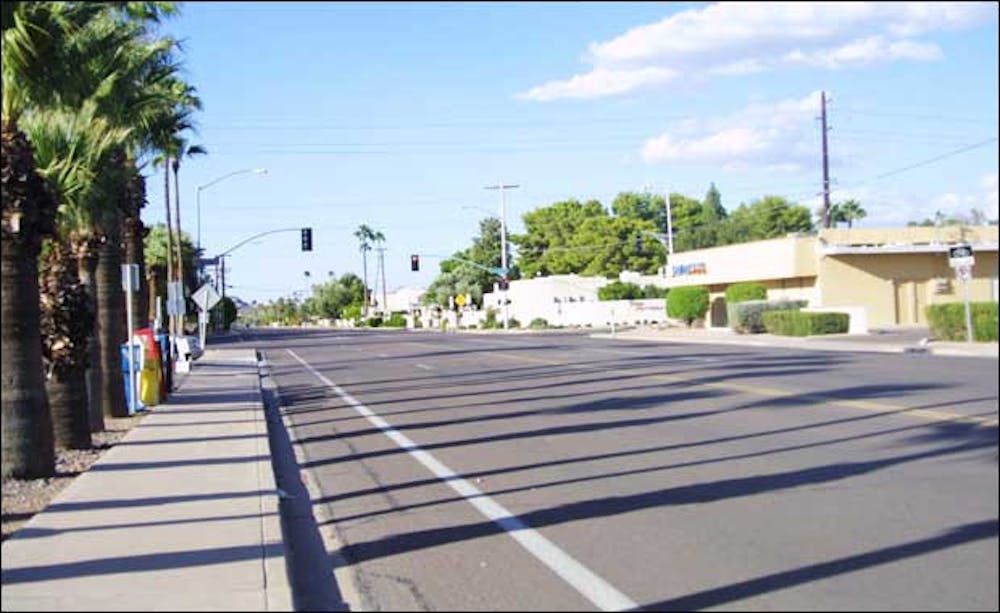Tempe’s population dropped by 3,000 from 2007 to 2008, which could mean a reduction in state and federal funding for the city if the trend continues into 2010, according to recently released U.S. Census data.
Estimates reported 165,593 Tempe residents in 2008, down from 168,588 in 2007, according to U.S. Census Bureau’s American Community Survey for Tempe.
A substantial enough drop in population could cause a city to receive less federal and state funding, according to the Census Bureau.
Timothy James, a research professor of economics in the W. P. Carey School, said he is skeptical about the results of the census.
“There’s a great deal of error in the samples,” he said.
For example, James said some of the underlying trends the results show were ridiculous.
From 2007 to 2008, the data shows there has been a dramatic drop in the number of people over 65 living with their families in Tempe, he said, which is a very unrealistic change.
James said he believes there could have been a small drop in the population, but not a 3,000-person decline.
“I think the population has dropped ever so slightly, especially in downtown Tempe,” he said.
There has also been a very obvious drop in the spending of Tempe residents because of the economy, he said, and the reduction of businesses in the area could impact the amount of people who can afford to live in the area.
The only way to get perfect statistics is to survey every person in the Tempe area, and with a survey of about 2.5 percent of the population, it’s hard to get an accurate idea of the change from year to year, James said.
ASU spokeswoman Sarah Auffret said that even though there has been a drop in the Tempe population, it doesn’t necessarily mean that ASU will be affected.
Since the funding that would be reduced from the census results would be from the federal government and not the state government, ASU would not be directly impacted by any cuts, she said.
Nancy Welch, an associate director of ASU’s Morrison Institute for Public Policy, said though the results of the census may not be exact, they help give general ideas about how a city is doing.
“What is important about these numbers is that they provide us with a sense and a guide for the population,” she said. “[The population drop] shows how hard the economy and recession has been on the city.”
The change in Tempe population is a result of the economy as well as Arizona’s recent employer sanctions enforcement, which gives harsh penalties to businesses that knowingly hire illegal immigrants, Welch said.
The law also set up the E-Verify program, which requires potential employees to give proof that they are legal U.S. citizens. This program made it harder for immigrants to get jobs, forcing them to move out of the area, Welch said.
If there was a decrease in the amount of state and federal funding because of a declining population, Welch said it would be necessary to allocate the funding in the best way to benefit the community.
The decrease in funding could possibly impact the ASU community in the long run, such as Tempe businesses and the culture that attracts college students, Welch said.
“It could potentially make Tempe a less attractive place for students,” she said.
Residents are dealing with the current economy in creative ways, Welch said, like changing a movie theater on Mill Avenue into a performance area in order to find new and creative ways to bring life to the Tempe area.
The city will eventually recover from the effects of the economy, even if Tempe is never the same as before the recession, she said.
“Once [the economy] recovers, Tempe will still have the quality of life that people are looking for,” Welch said.




